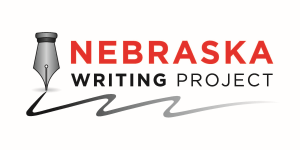“If you don’t know where you are, you don’t know who you are.” --Wendell Berry
Place-based education utilizes local history, geography, literature, and culture to help students gain a sense of who they are, where they are, and how they can live well in their communities. In the Nebraska Writing Project, we believe that writing is one of the most engaging ways to teach and learn about place. Similarly, we believe that place-based teaching can help students discover and develop meaningful writing.
Purpose
- Understanding place is becoming increasingly important in our rapidly-changing and interconnected world.
- The goals and practices of both place-based education and effective writing instruction complement and enhance each other.
- Place-based education helps connect students, communities, schools, and place in ways that produce more engaged, thoughtful citizens.
We broadly define “place” to include natural and human-made landscapes in rural, urban, and suburban contexts.
Components
Place-based education involves the following components:
- local resources such as people, places, history, and artifacts form at least part of the curricular content
- students write for audiences beyond the classroom
- learning activities involve both celebration and critique of local places
- learning goals promote active citizenship, including a concern for the welfare of local places
Benefits
Students engaged in place-based learning:
- gain an understanding of who they are in their place
- gain an understanding of local history, culture, and geography
- become better writers through their engagement with place-based topics and projects
- use writing to work toward solutions to current problems in their place
- understand the past and present diversity of a place
- learn to apply writing concepts such as purpose, context, and audience develop an awareness of interdependence and interconnection in place and in writing
Adopted Summer 2012
